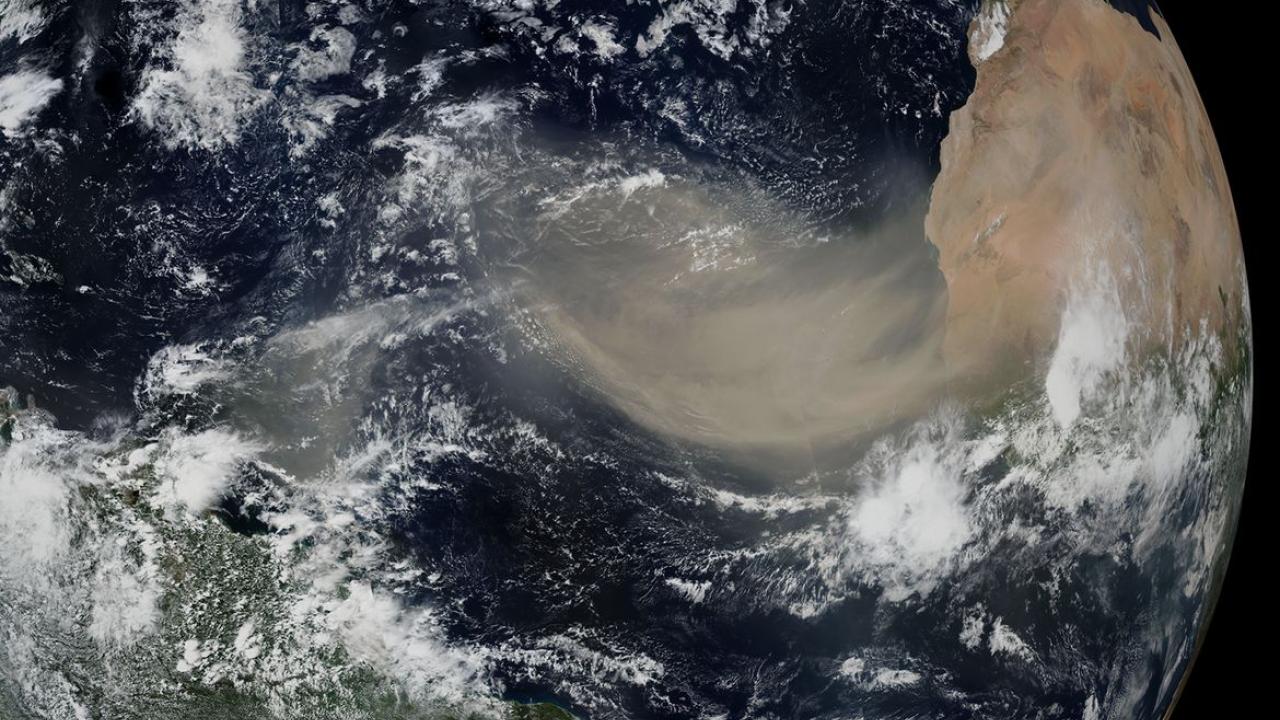A new UCLA research study found that the amount of desert dust has grown roughly 55% since the mid-1800s, which increased the dust’s cooling effect. The study is the first to demonstrate the overall cooling effect of atmospheric desert dust.
Some effects of atmospheric dust warm the planet, but because other effects of dust actually counteract warming — for example by scattering sunlight back into space and dissipating high clouds that warm the planet — the study calculated that dust’s overall effect is a cooling one.
Should dust levels decline — or even simply stop growing — warming could ramp up, said UCLA atmospheric physicist Jasper Kok, the study’s lead author. “We show desert dust has increased, and most likely slightly counteracted greenhouse warming, which is missing from current climate models,” said Kok. “The increased dust hasn’t caused a whole lot of cooling — the climate models are still close — but our findings imply that greenhouse gasses alone could cause even more climate warming than models currently predict,” he said.
Human actions have warmed the planet by 1.2 degrees Celsius, or 2.2 degrees Fahrenheit, since about 1850. Without the increase in dust, climate change would likely have warmed the planet by about 0.1 degree Fahrenheit more already, Kok said. With the planet nearing the 2.7 degrees Fahrenheit of warming that scientists consider especially dangerous, every tenth of a degree matters, he added.
The factors that account for increased dust levels are not clear-cut or linear, and whether the amounts of desert particulates will increase, decrease or remain relatively flat is unknown. Kok emphasized that while the increase in atmospheric dust has somewhat masked the full potential of greenhouse gasses to warm the climate, the findings don’t show that climate models are wrong.
“The climate models are very useful in predicting future climate change, and this finding could further improve their usefulness,” Kok said.
Read more at UCLA Newsroom.
Image Source: NASA Scientific Visualization Studio





